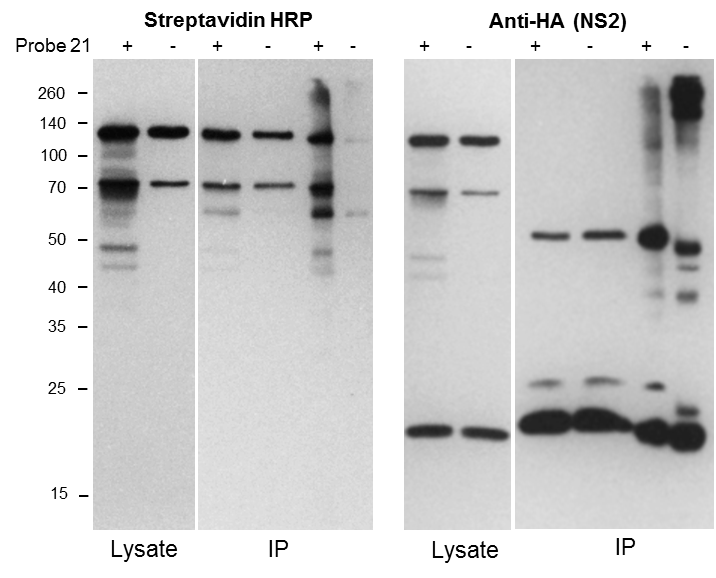HCV is a major cause of chronic hepatitis worldwide. A better understanding of the HCV life cycle is needed to develop new treatments against this virus. A peculiarity of HCV is the crucial role played by both structural and non-structural proteins in the assembly process. Indeed, practically all HCV proteins have been shown to be involved in the virion assembly process. The present project aims to characterize the spatial and temporal relationship between all the viral proteins during viral assembly.
HCV is a major cause of chronic hepatitis worldwide. A better understanding of the HCV life cycle is needed to develop new treatments against this virus. A peculiarity of HCV is the crucial role played by both structural and non-structural proteins in the assembly process. Indeed, practically all HCV proteins have been shown to be involved in the virion assembly process. The present project aims to characterize the spatial and temporal relationship between all the viral proteins during viral assembly. We will use the HCV cell culture system and real-time imaging in living cells to visualize the dynamics of these proteins. In order to achieve this, suitable tags will be introduced in functional viruses and different subcellular structures will be labeled in stably modified cell lines. Furthermore, we intend to study the different assembly mutants which we have already characterised. This work will be essential to understand the mechanisms of synchronicity in HCV assembly process.
The goal of our project is to visualize the dynamics of HCV proteins in living cells producing infectious virions in different stages of the viral life cycle. In order to accomplish that, we are optimizing "in vivo" labeling methods using recombinant functional viruses with suitable foreign epitopes and engineered cell lines. The other approach we are employing is the design of chemical probes which are specifically labeling viral proteins.
At this stage we have constructed and characterized a variety of recombinant viruses with foreign epitopes in E2 and NS2 proteins suitable for "in vivo" labeling. We have characterized the functionality of the recombinant viruses using the Hepatitis C Virus Cell Culture system analyzing their replication, secretion and infectivity. The recombinant viruses had similar phenotypes as the wild type strain JFH-1. Further, we have chemically synthesized specific probes which are able to be transferred "in vivo" to foreign epitopes by specific enzymes. Using these tools we evaluated the "in vivo" labeling of viral proteins in cells producing infectious virions. Moreover, we have chemically synthesized a probe potentially able to interact covalently with HCV NS2 protein. We have optimized methods to evaluate the probe interaction to its target. For the moment, we are rationally optimizing our probe design using bioinformatics techniques and organic synthesis.

Evaluation of the interaction between probe 21 and the viral protein. Electroporated cell lysates were incubated with probe 21 (Lysate) followed by immunoprecipitation (IP) with anti-HA antibody and Western Blot with Streptavidin HRP or anti-HA antibody
By the end of the project, we expect to visualize viral proteins dynamics in different stages of the virus life cycle. Moreover, we expect to have a chemical probe which specifically binds to a viral protein helping us to understand its mechanism of action.